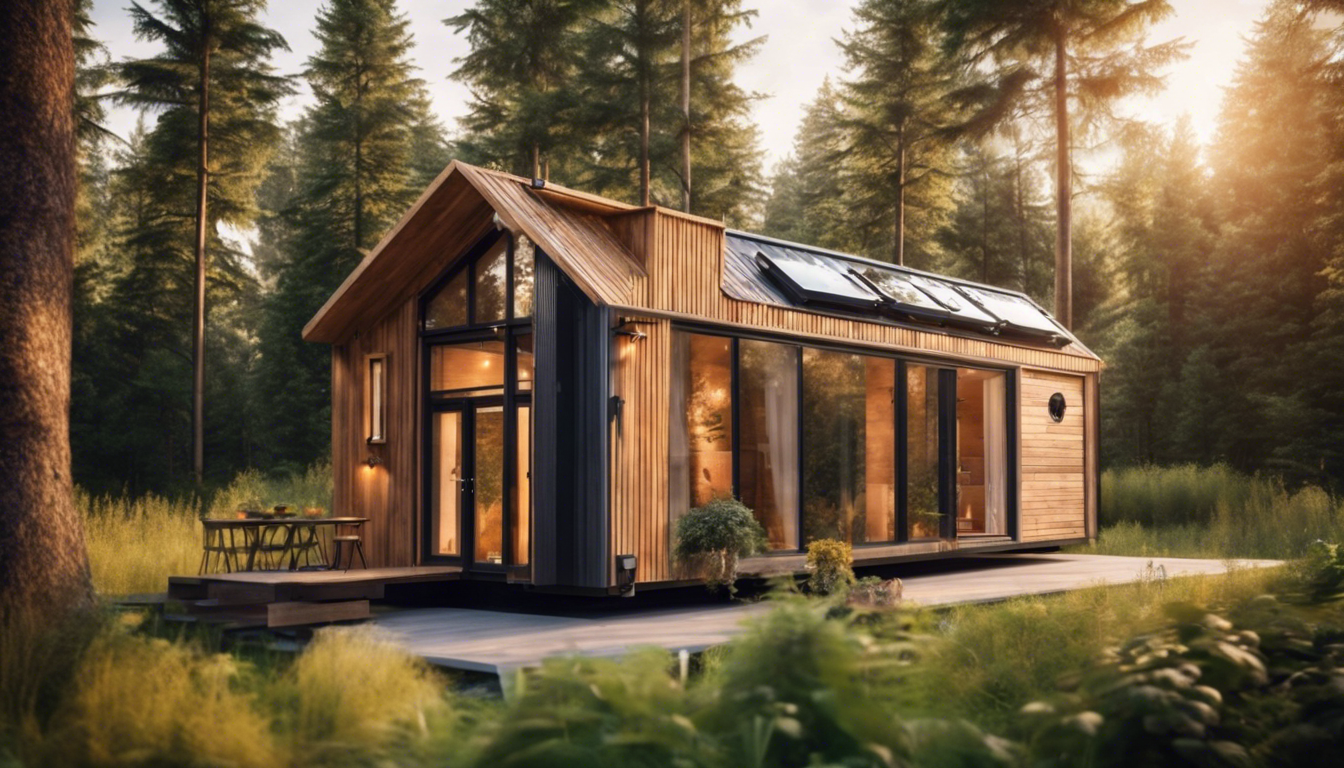Rent to own tiny homes offer a unique path to affordable living by combining the flexibility of renting with the eventual ownership of a small, efficient dwelling.
This model appeals to a wide audience, from first-time homebuyers to those looking to downsize.
In this article, we will explore the financial advantages, lifestyle benefits, and environmental impacts of rent to own tiny homes.
With an increasing focus on sustainability and cost-effectiveness, tiny homes are becoming a popular choice for many.
Lifestyle Benefits of Living in a Tiny Home
Living in a tiny home offers several lifestyle benefits that attract many individuals and families.
One significant advantage is cost-effectiveness.
Rent to own tiny homes provide an affordable entry into homeownership without the burden of large mortgages.
This financial flexibility allows homeowners to save more or spend on experiences rather than on upkeep.
Additionally, tiny homes promote minimalism, encouraging residents to own fewer possessions.
This shift often leads to a more organized and less stressful living environment.
Tiny homes are usually built with efficiency in mind, maximizing space and functionality, which simplifies daily routines.
Many tiny home communities also foster strong social connections, as neighbors are closer and often share communal spaces.
Overall, living in a tiny home can enhance one’s quality of life by embracing simplicity and stability.
Environmental Impact and Sustainability
Rent to own tiny homes offer a sustainable living option that positively impacts the environment.
These homes use fewer resources compared to traditional houses, reducing energy consumption and waste.
By choosing to live in a tiny home, individuals decrease their carbon footprint.
Additionally, many rent to own tiny home projects incorporate eco-friendly materials and systems, such as solar panels and composting toilets.
This approach not only supports a healthier planet but also encourages a minimalist lifestyle, promoting less consumption and more thoughtful living.
As more people consider rent to own tiny homes, the movement contributes to a broader shift toward sustainable housing and environmental responsibility.
Conclusion: Making the Move to Affordable Living
In conclusion, transitioning to affordable living through rent to own tiny homes presents a practical solution for many individuals and families.
This approach allows people to save money while gradually investing in their future home.
Tiny homes often require less maintenance and utility costs, making them an appealing option.
Moreover, living in a smaller space encourages a minimalist lifestyle, which can lead to financial benefits.
By choosing rent to own tiny homes, you make a smart financial decision that can enhance your quality of life while reducing the burden of traditional housing costs.
Frequently Asked Questions
What are rent to own tiny homes?
Rent to own tiny homes are small, affordable houses that you can rent with an option to purchase them after a certain period.
This model allows you to live in the home while gradually building equity.
What are the financial advantages of rent to own tiny homes?
The financial advantages include lower upfront costs compared to traditional home purchases, the ability to lock in a purchase price, and sometimes a portion of your rent goes towards the down payment.
What lifestyle benefits come from living in a tiny home?
Living in a tiny home promotes minimalism, encourages a simpler lifestyle, and reduces maintenance costs.
It also often allows for a more community-oriented living environment.
How do rent to own tiny homes contribute to sustainability?
Rent to own tiny homes often utilize fewer resources due to their smaller size, can incorporate eco-friendly building materials, and reduce the carbon footprint through efficient energy use.
What steps should I take to transition to a rent to own tiny home?
Start by researching available tiny home options in your area.
Evaluate your financial situation, is there a rent to own program that fits your budget, and consider visiting tiny home communities or builders to learn more.




Leave a Reply